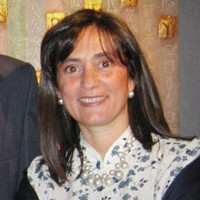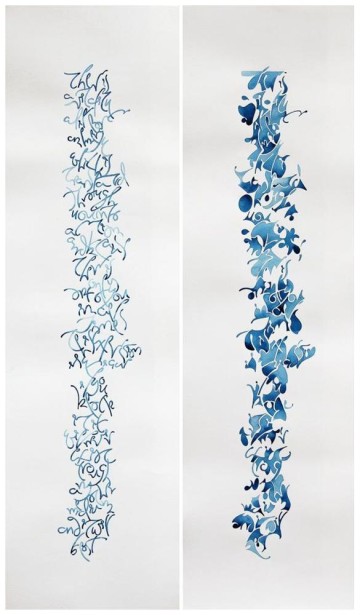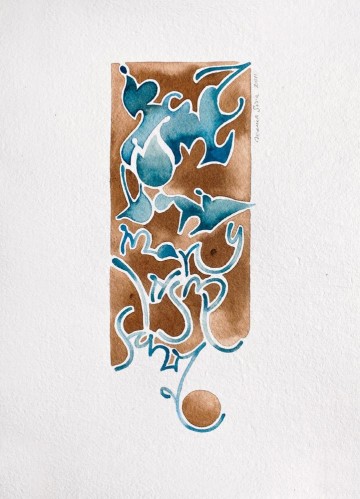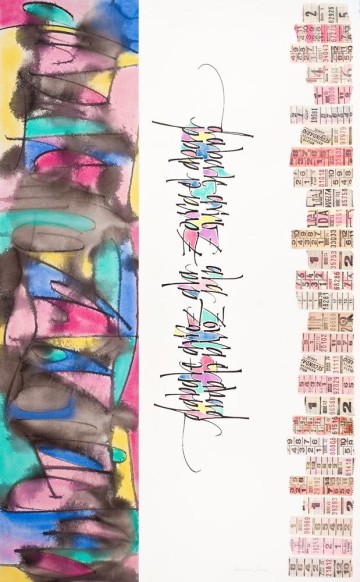Marina Soria

Marina Soria
Buenos Aires, Argentina
Calligrapher, artist, founding member of Calígrafos de la Cruz del Sur
The history of calligraphy in Argentina
Until the late 90´s, calligraphy was practically unknown as an artistic discipline in Argentina. There were no universities or School of Arts where calligraphy was taught. There was barely no bibliography available in Spanish, and no supplies in stores.
The only precursor of calligraphy could be found in the ancient tradition of the flourishers, “el Arte de los Fileteadores,”. This craft basically decorated and ornamented wagons, trucks and buses with fillets, calligraphic writings, specially gothic, flourishes and zoomorphic figures mixed with popular icons of the Argentine (such as the tango singer Carlos Gardel, patriotic symbols and religious motives). With the development of public transportation this art was slowly put aside and it was nearly vanished when in 1975 a government regulation prohibited its practice with the argument that the excess of ornamentation confused the passengers. Today, even if there are less examples of this art, fileteado is celebrated as a trend of Argentine style.
In 1989 while teaching graphic design at the University of Buenos Aires, (U.B.A., the most prestigious public university in my country) an american calligrapher Carole Johnson, visited our university and taught the first workshops of Calligraphy in Argentina. The impact of Carole Johnson´s course triggered the calligraphic movement in Argentina.
In 1997, eight years later, the first Calligraphic and Lettering Arts Exhibition took place in Buenos Aires. The outcome of this exhibition was the founding of Calígrafos de la Cruz del Sur, the first calligraphic guild in South America.
I was one of the six members that created Calígrafos de la Cruz del Sur, a guild moved by the passion of ancient calligraphic alphabets. Our goal was to promote calligraphy not only from a formal aspect, recovering writing techniques and considering rules of beauty and harmony mould on manuscript pages, but also from a more informal or expressive viewpoint in which letters, the main figures of this story, change in form, go beyond rules and are born from non orthodox tools in order to convey ideas, feelings and emotions.
Between 1997 and 2006, Calígrafos de la Cruz del Sur had a notorious performance in spreading and promoting calligraphy through lectures at Universities, conferences, workshops and exhibitions. Currently, calligraphy is a regular course included in the course catalogue of various universities and considered a part of the education for graphic designers. To a certain extent, Calígrafos de la Cruz del Sur is responsible for this.







